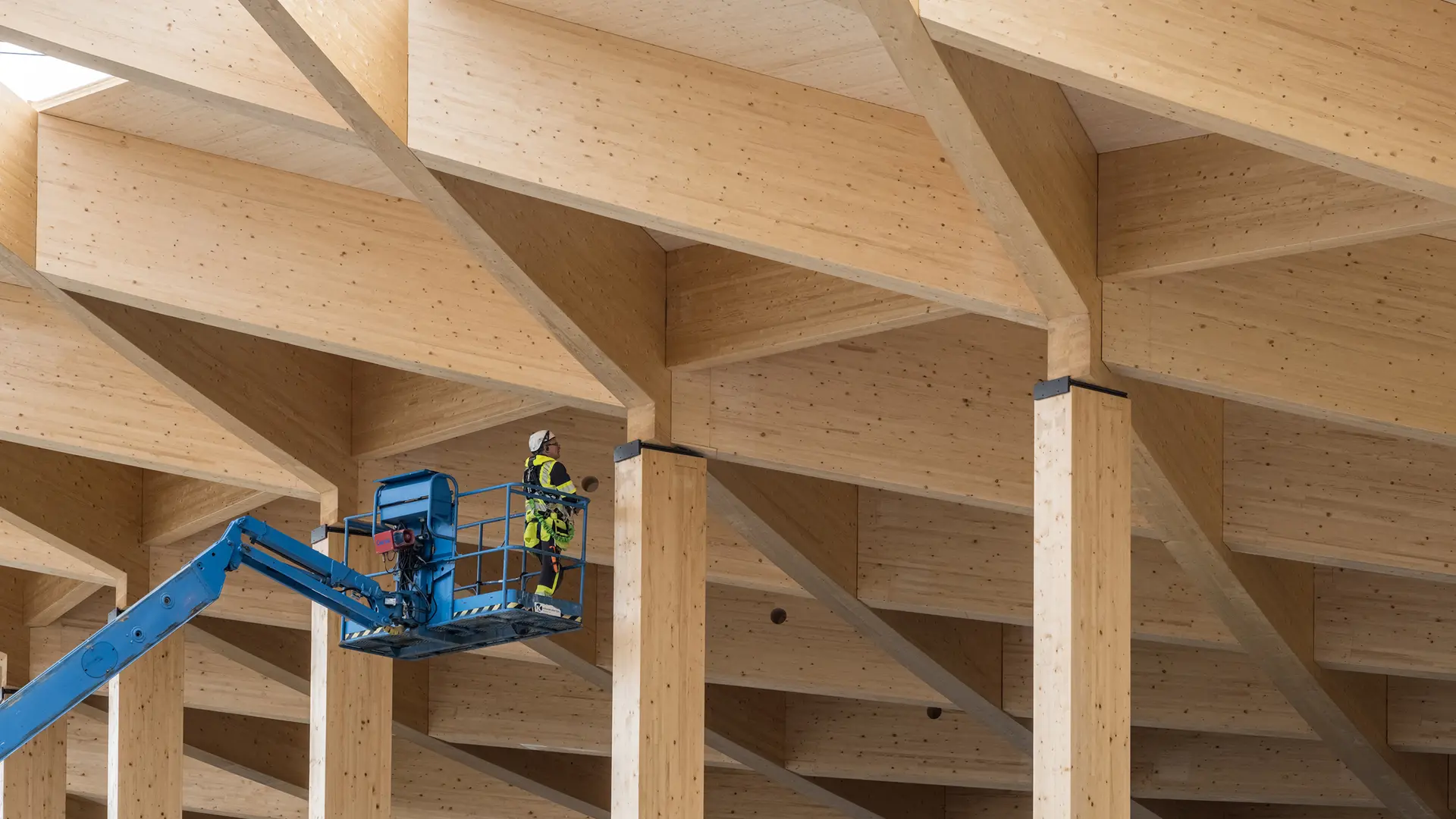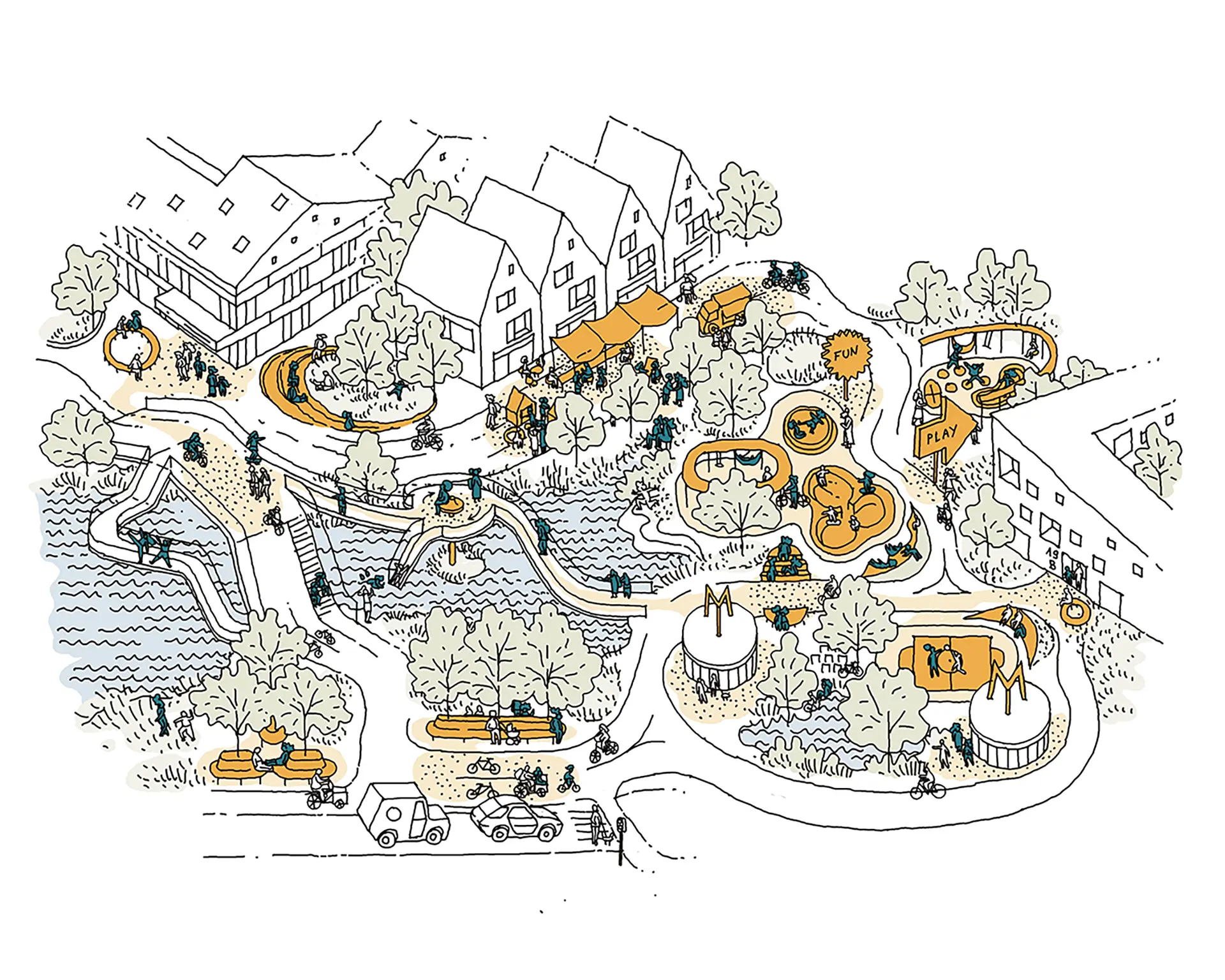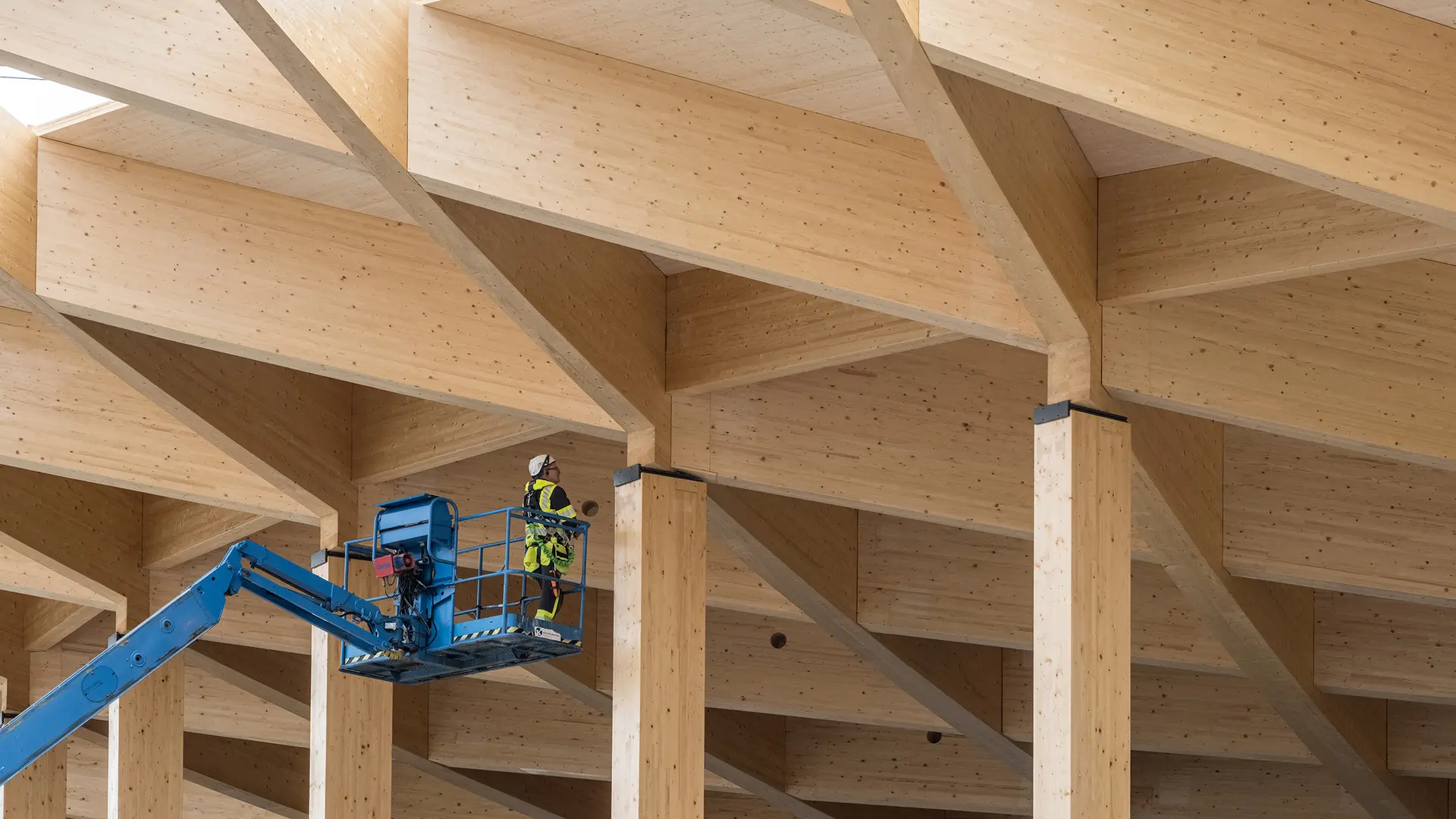In sickness and in health: Building for healthcare in the future

Healthcare has shifted from a practice focused on sickness and cure to one driven by prevention and wellness. Has architecture caught up? Partner Lars Steffensen shares his thoughts.
How has healthcare changed over the last decades – how do you see it continuing to change?
Healthcare has changed globally in the last decades from an industry focused on sickness and cure to one driven by wellness and prevention. There is an interesting paradox at work – people live longer, they are less likely to die of an acute condition (ie. an infectious disease), but they are often overall in poor health.
The types of conditions that affect us have changed, and the systems we have in place aren’t necessarily wholly equipped to deal with these changes. There is enormous potential for the improvement of healthcare spaces, and research shows that these improvements can have a great effect on healing outcomes. There is huge incentive for everyone to change the way we think about these things.
Do you see the current pandemic crisis as one that will fundamentally alter the way we think about healthcare?
Without a doubt, though not necessarily in an obvious or direct way. What we are seeing now is how a regional crisis can spiral very quickly into something enormous, with wide-reaching social and economic implications that are as yet unpredictable.
The solutions we’ve grown accustomed to relying on in healthcare are increasingly stuttering; antibiotic resistance, viral outbreaks, and soaring costs are just a few in the list of serious challenges we face in healthcare. With the old “standbys” seeming more fragile, the next big changes may come from something seemingly “outside” the industry. Design, I think, will play a part in shaping a new perspective.
Is that because the two are currently separate disciplines? Or is it simply that the relationship between the two is changing?
There is a long history of architecture and healthcare being connected. The modernist movement was in many ways about creating a new, “healthier” way of living. In hospitals, that turned into an atmosphere of hyper-cleanliness and rigid efficiency. Hospitals have become almost like small cities; they are intense and busy places. For a hospital to run not just effectively but well, many things must be running well simultaneously.
The challenge of dealing with such complexity is to not let it manifest itself in the architecture. All too often hospitals are sprawling, complicated places. These things don’t just make for an unpleasant experience, but can negatively impact health outcomes.
More recently, the focus on wellness rather than cure has resulted in healthcare spaces that are much cozier, fitted out to look like homes or coffee shops. We might see that change again. Fixed as it might seem, the notion of “comfort” where it relates to health is changeable.
What else will have an impact on healthcare and the way we design for it?
Climate change will affect every aspect of our healthcare, from the drugs we are prescribed and the kind of care we receive to the design of hospitals. In the near future we may no longer be able to access some of the resources we require to make medicines or even medical equipment.
But perhaps the biggest change of all will not come from technology or medicine/pharmaceuticals, but in the way we think about our health in the first place. Are we generally well and switch to being ill every once in a while, or are we constantly on a shifting gradient of wellness/illness? How can – how will - this way of thinking alter what we believe healthcare should be?



